. Broken wheat .
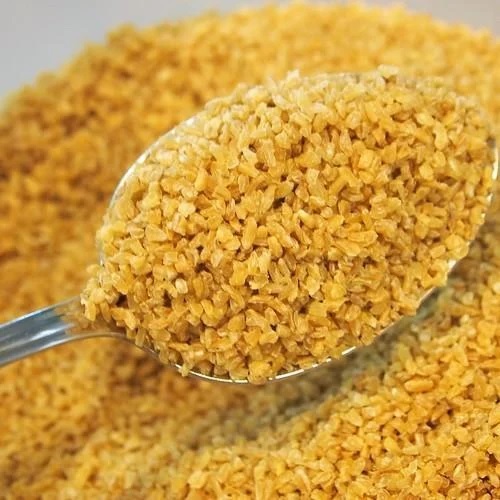
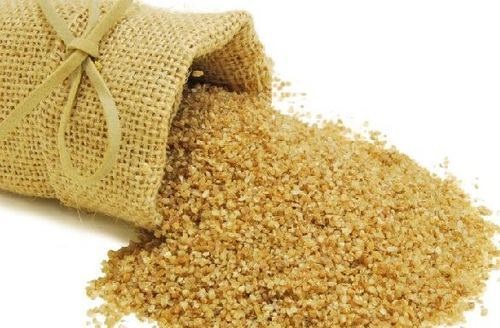
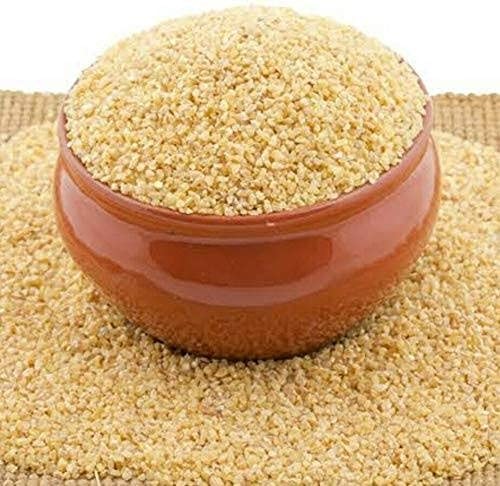
DESCRIPTION
Daliya is a wheat product made from whole raw wheat kernels which are crushed or cut into smaller pieces. It is made by milling wheat grains coarsely. Daliya is manufactured and the strict hygienic conditions with state of art machinery that maintains the original flavour and meets with the Global standards. There are a large number of uses for daliya and the food makes a popular dietary supplement in many cultures. Our quality that contains no artificial colour or ingredients and is known for its purity and taste when served hot either sweet or salty.
USES
Daliya is highly nutritious and an ideal health supplement for all age groups. It is a rich source of daily requirement of carbohydrate, fiber and manganese in our food. It is easily digestible and fat free. It is an excellent source of starch and gluten which releases glucose very slowly in the blood, hence helps in maintaining blood sugar level and reduces cholesterol. Regular intake of Daliya improve body metabolism. it is a perfect food choice as it protects from constipation, heart disease, obesity and diabetes the layer has all eight essential amino acids needed to give great muscles, good hair, skin and eyesight.
. Maize gritz/porridge .

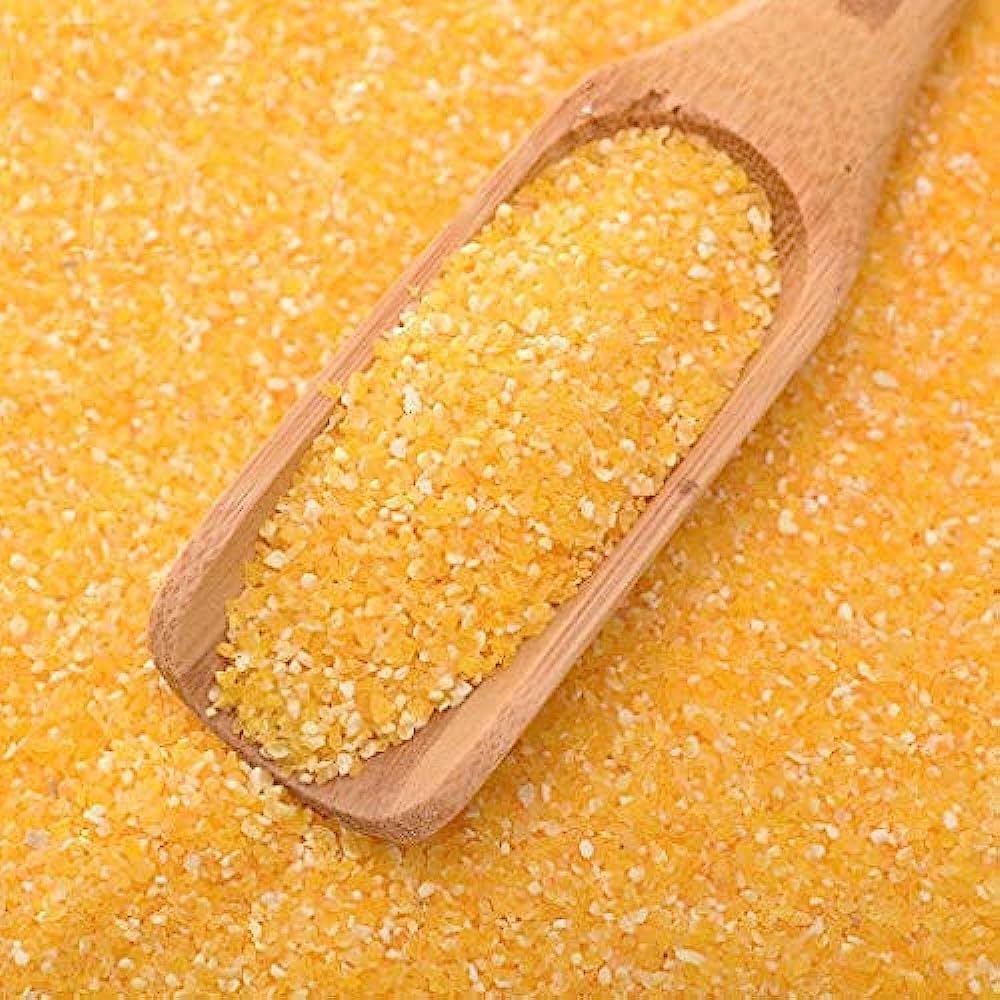
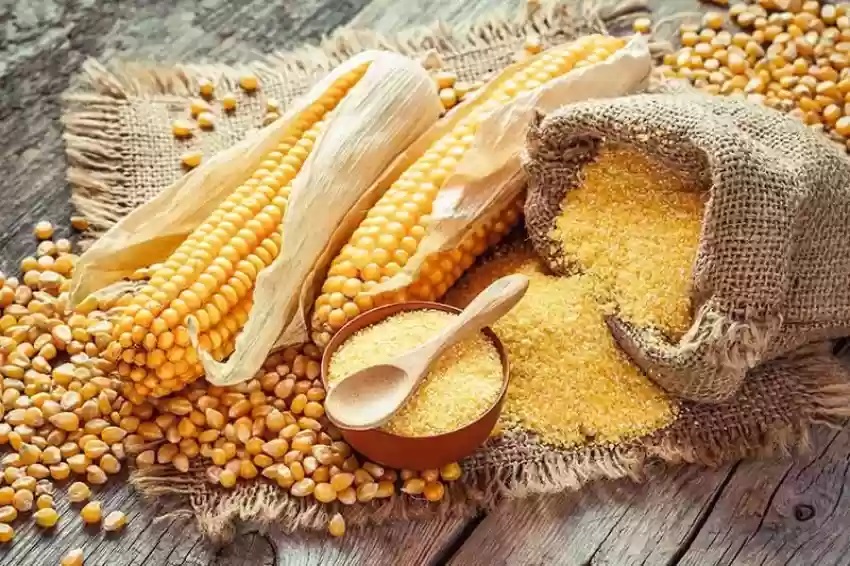
DESCRIPTION
Maize dalia is gluten free milled from dried maize whole kernel, hence a coarse texture and is yellow colored. As corn contains a good amount of protein and carbohydrates, its a great source for energy, even for kids. Maize dalia provides relief from heat in summer and in winter it increases the capacity to withstand the cold weather conditions as it provides more energy for the calories consumed.
USES
Makai ki roti is a famous Indian dish prepared from this flour and can be used for making many delicacies. One of our customers made an interesting version of payasam with this and our jaggery powder.
. Barley porridge .
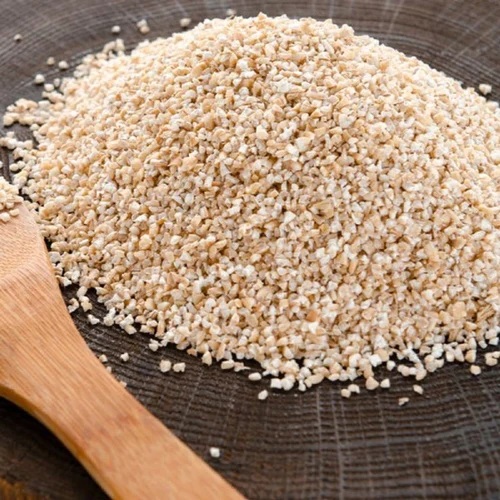
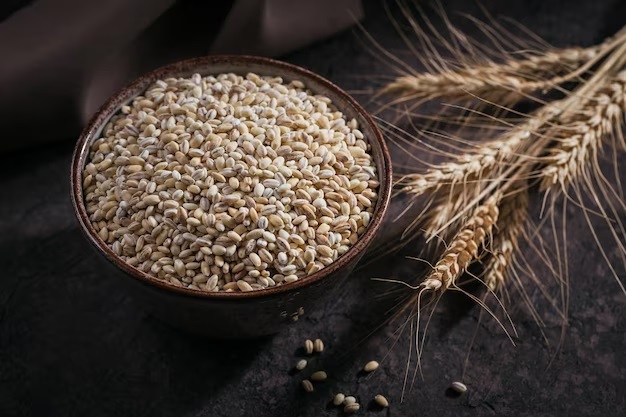
DESCRIPTION
Jau or Barley is the original grain of the Vedic times. Barley Dalia ( Jau ka Daliya), as such, it increases your fiber intake and in turn your health. Barley is particularly is high in both soluble and insoluble fiber. It is a good source of dietary fiber, manganese and magnesium. Barley Dalia (Jau ka Dalia) is processed from selected grains of, processed and cleaned, free from chaff, broken, immature, and foreign matters, wholesome and uniform in size and color, free from obnoxious smell, discoloration, immature, shriveled and all other impurities.
USES
- Barley flour improves Digestion, helps in weight loss. It is good source of antioxidants, Rich in Fiber and Nutrients, helps manage diabetes. Daily need, great source of minerals and vitamins and boosts immunity.
- Jau Atta (Barley Flour) is a good source of selenium, which helps preserve skin elasticity, thereby protecting it against free radical damage and loosening.
. Multigrain porridge .
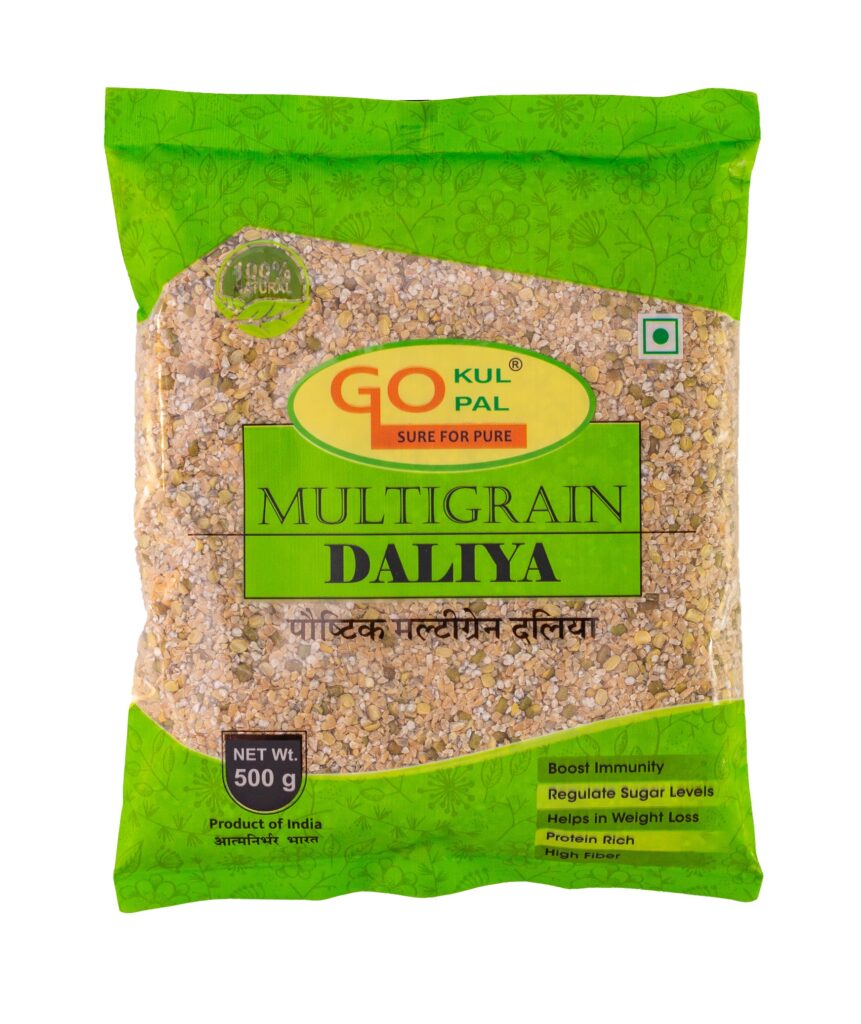
DESCRIPTION
Maize (Zea mays L.) is one of the most versatile emerging crops shaving wider adaptability under varied agro-climatic conditions. Globally, maize is known as the queen of cereals because it has the highest genetic yield potential among the cereals. It is cultivated on nearly 190 m ha in about 165 countries having wider diversity of soil, climate, biodiversity and management practices that contributes to 39 % of the global grain production. The United States of America (USA) is the largest producer of maize contributes nearly 30.99% of the total production in the world in 2020 and maize is the driver of the US economy. In India, Maize is grown throughout the year. It is predominantly a Kharif crop with 85 percent of the area under cultivation during the season. Maize is the third most important cereal crop in India after rice and wheat. It accounts for around 10 percent of total food grain production in the country. India is also the fifth largest producer of Maize in 2020 as per FAO data and India’s share in world production accounted to be 2.59 per cent in the same year.
USES
In addition to staple food for human being and quality feed for animals, maize serves as a basic raw material as an ingredient in thousands of industrial products that includes starch, oil, protein, alcoholic beverages, food sweeteners, pharmaceutical, cosmetic, film, textile, gum, package and paper industries, etc.